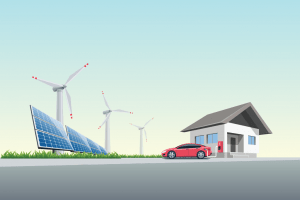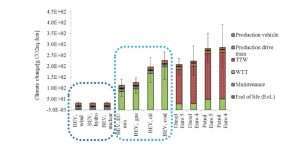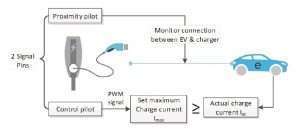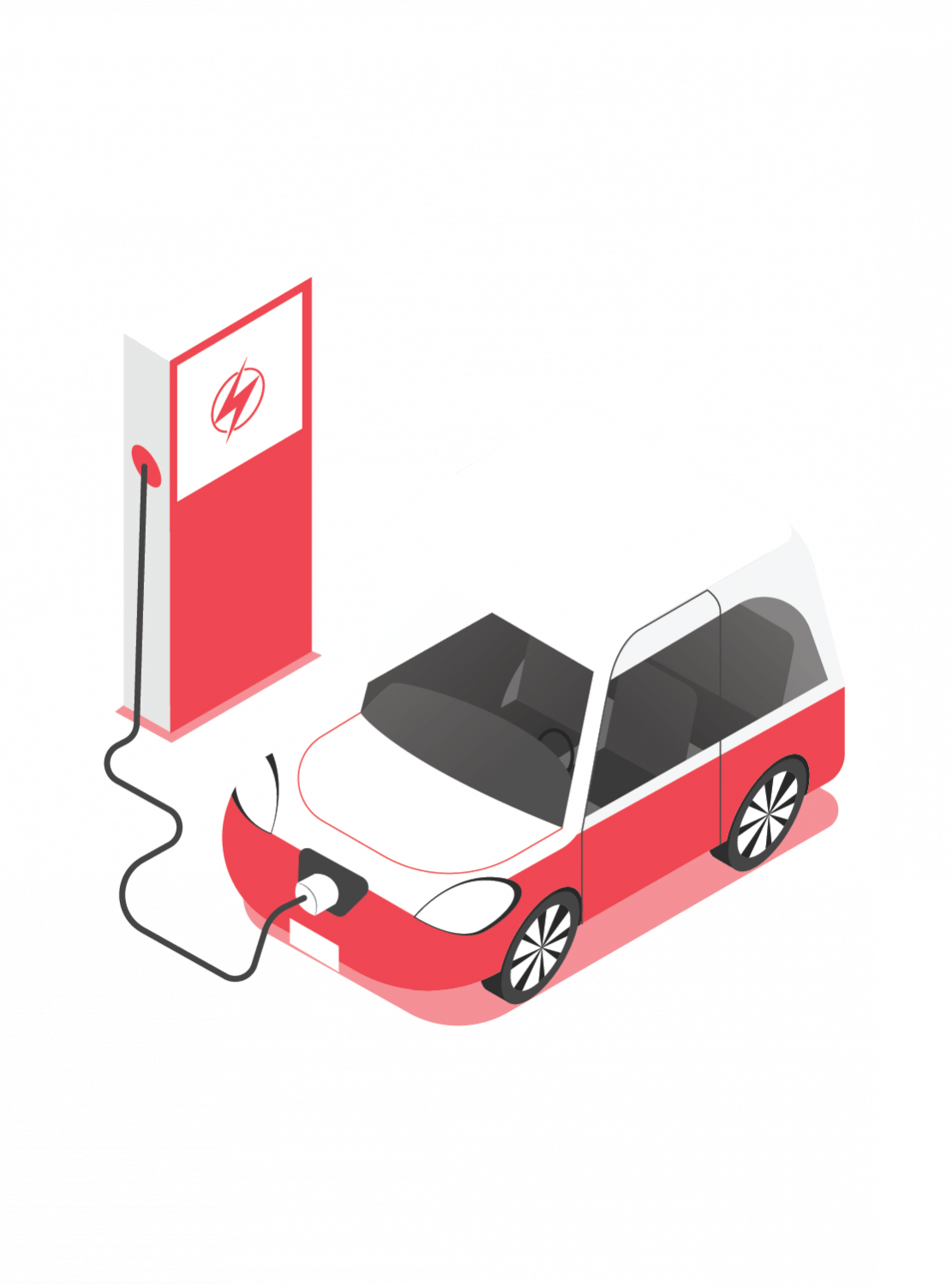EV Charging Using Solar-Wind Energy
Electric vehicles are becoming increasingly popular because they are cleaner-burning and more efficient than combustion-engine cars. But we also know that electric cars are only environmentally friendly if the electricity needed to power them originates from renewable energy sources rather than fossil fuels.

Learn About EV Charging Using Solar-Wind Energy. This article will cover the following subjects:
- Why is it necessary to use renewable energy sources to recharge electric vehicles?
- How can we use renewable energy to implement smart charging of EVs?
Production of Electricity Today
Electric cars are more efficient than automobiles with combustion engines. They don’t produce any exhaust pollutants. However, they can only be sustainable if the energy required to charge them comes from renewable energy sources rather than fossil fuels.
Why is it necessary to use renewable energy sources to power electric vehicles?

The comparable carbon dioxide emissions from a lifecycle analysis that takes into account emissions due to
- Vehicle manufacturing
- The fuel’s well-to-wheel emissions (Well tank, WTT, and tank-to-the-wheel, TTW)
- Vehicle upkeep and recycling at the end of its life.
Three sections make up the Graph:
- On the right side, the emissions for several cars with combustion engines are displayed.
- The emissions for battery-electric vehicles charged from various sources of emitting electricity are displayed in the middle section.
- The emissions for battery-electric vehicles charged from various emission-free (perhaps renewable) energy generation sources are displayed in the left part of the Graph.
From a life cycle perspective, it is clear that electric cars emit minimal pollution, even when charged using a fossil fuel-heavy electrical system.
Suppose the electricity is generated from non-emitting sources like wind, hydro, or nuclear power. The electric vehicle’s net life cycle emissions are further reduced, and well-tank emissions are eliminated.
Therefore, in the future, it will be essential to employ renewable sources of electricity to charge electric vehicles.
Charging Electric Vehicle from Wind and Solar energy
EV Charging from wind energy
|
EV Charging from solar energy
|
|
Today, wind energy is primarily produced by onshore or offshore wind farms distant from electric vehicle charging stations. Ev charging for wind energy implies a substantial distance the power must travel between the supply and the EV load. |
The benefit of solar panels is that they can also be mounted on building rooftops in addition to being deployed in solar farms. Producing solar energy close to the areas where solar charging points will charge electric vehicles will help reduce transmission losses. |
|
An EV charger often uses energy on the order of kilowatts. However, a wind turbine is typically rated on the demand of megawatts. This method results from the significant power scale disparity and the wind turbine’s ability to charge hundreds of vehicles.
|
The power rating of an EV charger is comparable to that of rooftop solar PV installations, which are commonly rated in the order of kilowatts. |
|
For nighttime home electric car charging, wind generating is the best option. Therefore, wind energy is perfect for charging electric vehicles at home at night.
|
Solar energy is most abundant during the day and summer, unlike wind. As a result, solar energy is perfect for daytime vehicle charging at work. |
How can we use renewable energy to implement smart charging of EVs?

Adaptive Charging:
Smart charging is another method for coordinating renewable energy production and EV charging. Power for EV charging can be boosted when solar, and wind output is high, and vice versa.
Adaptive charging has the dual advantages of making EVs more environmentally friendly by utilizing more renewable energy and easing system stress due to large-scale renewable energy generation.
Type 1 and Type 2 AC chargers with smart charging:
When using AC charging, it is possible to continually change the pulse width modulation signal on the control pilot of Type 1 and Type 2 AC chargers to modify the EV charging current by solar or wind power.
It is possible to continuously adjust the pulse width modulation signal on the control pilot of Type 1 and Type 2 AC chargers to change the EV charging current in answer to solar or wind power if using AC charging.





